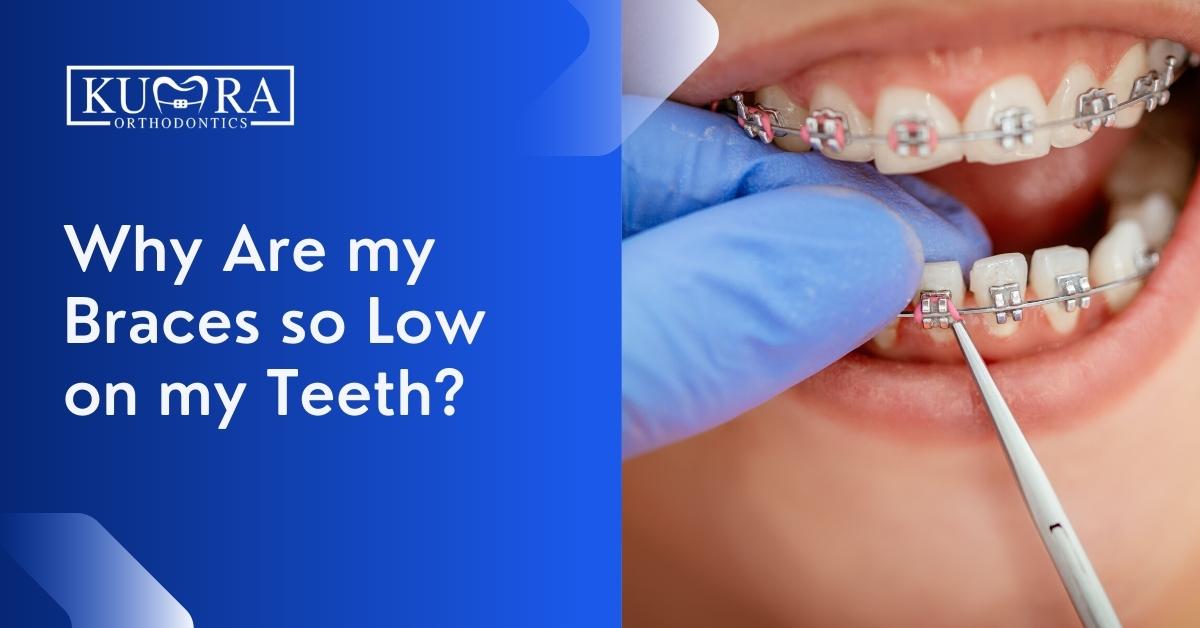What Establishes Cumming Braces and Aligners Apart from Other Orthodontic Treatments
Wiki Article
Comprehensive Guide to Orthodontics Treatments for Fixing Oral Misalignments
Recognizing the complexities of each treatment, including their devices, advantages, and prospective downsides, is essential in making informed choices about one's orthodontic treatment. As we navigate via the detailed overview to orthodontic procedures for correcting dental misalignments, the detailed information of each method will unravel, shedding light on the path towards a practical and unified dental alignment.Orthodontic Procedures Review

Along with clear aligners and traditional braces, orthodontists may additionally advise various other treatments like headgear, palatal expanders, or retainers to address particular positioning concerns (cumming braces). These procedures are customized per patient's unique requirements and may entail a mix of therapies to achieve the desired outcomes. Normal modifications and surveillance are essential parts of orthodontic treatment to make certain progression is on track and to make any kind of essential modifications in the process. By undergoing orthodontic procedures, clients can not only achieve a straighter smile however likewise improve their total oral health and wellness and feature.
Traditional Dental Braces: Just How They Function
When taking into consideration orthodontic treatments for oral misalignments, standard braces stand apart as a reliable technique for fixing teeth positioning. Standard dental braces include brackets, cords, and bands that work together to use continuous pressure on the teeth, progressively moving them right into the preferred placement. The brackets are attached to the teeth utilizing an unique adhesive, and the cables are threaded via the brackets. By readjusting the tension of the cords, orthodontists can control the instructions and force used to each tooth, guiding them right into proper alignment gradually.
As pressure is applied to the teeth via the braces, the bone bordering the teeth is improved to support the brand-new tooth positions. Clients will require routine changes at the orthodontist's workplace to make certain the braces proceed to apply the appropriate stress for reliable teeth motion.
Invisible Aligners: Benefits And Drawbacks
These clear, tailor-made trays are basically invisible when used, making them an enticing alternative for individuals seeking a much more visually pleasing orthodontic treatment. Individuals can eliminate the aligners prior to consuming or brushing their teeth, decreasing the danger of food getting stuck in the appliance and streamlining the cleaning process.
Surgical Orthodontic Options
Surgical treatments in orthodontics existing practical options for addressing complex oral imbalances that may not be successfully solved via conventional orthodontic therapies. While unnoticeable aligners and typical braces can deal with several orthodontic concerns, certain situations need surgical treatment to achieve ideal outcomes. Surgical orthodontic options are my site commonly suggested for severe malocclusions, considerable jaw disparities, and situations where the underlying bone framework requires modification to accomplish correct alignment.One usual surgical orthodontic procedure is orthognathic surgical treatment, which entails repositioning the jaws to fix practical concerns such as difficulty chewing or talking. This surgery is typically executed in collaboration with an orthodontist who assists straighten the teeth before and after the procedure. Surgical orthodontics may likewise include treatments to reveal influenced teeth, remove excess gum cells, or improve the jawbone to create an extra harmonious face profile.
Prior to thinking about medical orthodontic options, clients go through an extensive analysis to establish the requirement and potential advantages of such interventions. cumming orthodontics. While surgery might seem overwhelming, it can substantially boost both the feature and looks of the smile in instances where conventional orthodontic treatments fail
Retainers and Post-Treatment Treatment

Post-treatment care includes following the orthodontist's instructions diligently. This may consist of proper dental health practices, attending follow-up appointments, and wearing the retainers as suggested. Failure to follow post-treatment treatment directions can result in regression, where the teeth slowly move back in the direction of their original positions. Regular retainer wear, good oral hygiene, and routine dental exams are necessary for preserving the outcomes accomplished through orthodontic surgical procedure and making certain the long-lasting stability of the remedied dental placement.
Verdict
In final thought, orthodontic treatments use numerous options for fixing oral imbalances. Surgical orthodontic options are available for extra severe misalignments. In general, orthodontic procedures can efficiently improve dental health and aesthetic look.As we navigate through the comprehensive guide to orthodontic treatments for dealing with oral imbalances, the complex information of each approach will certainly unravel, dropping light on the path toward a unified and useful dental placement. - orthodontist
One of the most common orthodontic therapies is the usage of braces, which consist of metal brackets and cords that use gentle pressure to gradually change teeth into the desired position.When thinking about orthodontic therapies for oral misalignments, standard braces stand out as a tried and true technique for correcting teeth placing. Furthermore, undetectable aligners might not be suitable for intricate orthodontic issues that call for even more considerable teeth movement, as they are typically advised for mild to modest cases. Retainers are custom-made orthodontic gadgets designed to hold teeth in their dealt with settings after the conclusion of orthodontic treatment.
Report this wiki page